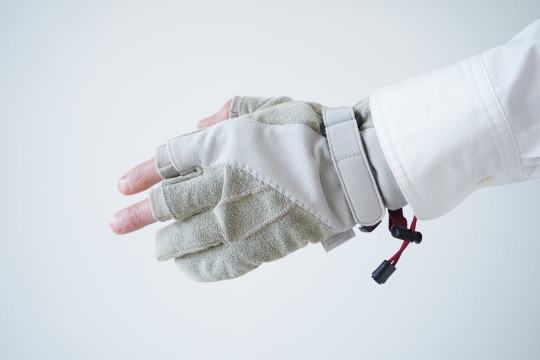#F FOR GLOVES
Text
“You asked for it!”
Feather gloves and a unique setup!
#tickling#ticklish#foot tickling#f/f tickling#glove tickling#tickle gloves#feather tickling#tickle video
328 notes
·
View notes
Text

Somebody tell him that his fly is open… the Daan brainrot worsens.
#art#digital art#ibispaintx#fear and hunger fanart#funger#fear and hunger daan#f&h daan#fear and hunger termina#I.#need.#him.#artblock is killing me#i’m dead serious#oh to be his dead wife#Firm believer of Daan with gloves#Dr Dilf fr
170 notes
·
View notes
Text
F-14 Tomcat Variants
A beginner’s guide to identifying and differentiating the different F-14 Tomcat variants using three distinctive, easy-to-spot features: Glove Vanes, Engine Exhaust Nozzle (aka “Turkey Feathers”), and Sensor Pods.
F-14A
NUMBER BUILT: 637 total
INTRODUCED: 22 September 1974
The F-14A’s were the first Tomcats ever produced. The TF30 engines were initially an interim engine used during testing but it was later decided they would be used in full production of the F-14A. A total of 478 F-14As were delivered to the US Navy and 79 were delivered to Iran with the TF30-P-412A engine. Iran was supposed to receive 80 aircraft but the last one was given to the US Navy. Later in production, the final 102 F-14A’s were delivered to the US Navy with Pratt & Whitney TF30-P-414A engine.
IDENTIFYING FEATURES:
✅ GLOVE VANES
The A-variant is the only variant of the Tomcat to have Glove Vanes. They were designed to automatically deploy when the aircraft was flying at speeds greater than Mach 1.4 and retract when below in order to correct the tendency for the Tomcat’s nose to pitch downwards at high speeds. They were notoriously difficult to maintain and the benefit was marginal at the speed they were designed for, so the glove vanes were disconnected entirely and welted shut. The glove vanes were not featured on new F-14 Tomcats, but the outline of the glove vane makes it easy to identify an F-14A or an F-14B/F-14D that was a rebuilt F-14A.
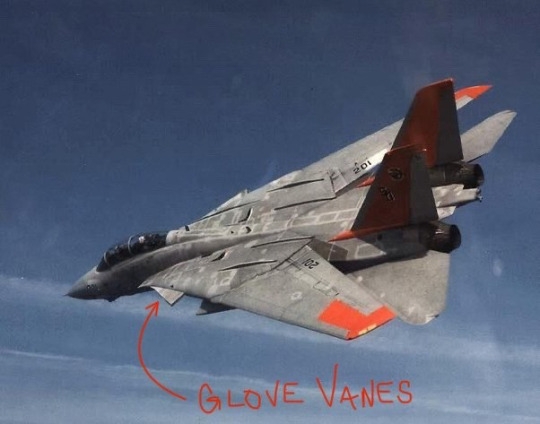

✅ SMALL NOZZLE EXHAUST FEATHERS
When compared to the F110 engines, it becomes pretty easy to tell the difference. When you look at the TF30 engine nozzle, you’ll see a lot of small metal plates, “Turkey Feathers,” that expand and contract when the nozzle opens and closes. It’ll be easier to tell the difference once you take a look at the General Electric F110 engine used on later F-14 Tomcat variants. This is the BEST way to identify an F-14A.

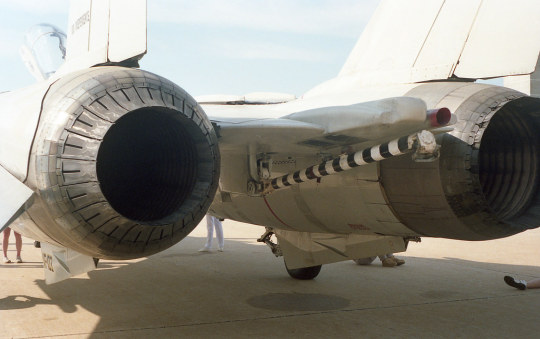
✅ SINGLE SENSOR POD BELOW CHIN
I recommend using the TF30 engine as the best way to identify an A-variant Tomcat as they are the only variant with those engines, however, I am choosing to include a section on the sensor pods for your reference as it is important for identifying the B and D-variants. The F-14A features a single sensor pod located below its chin but can come in a variety of configurations.
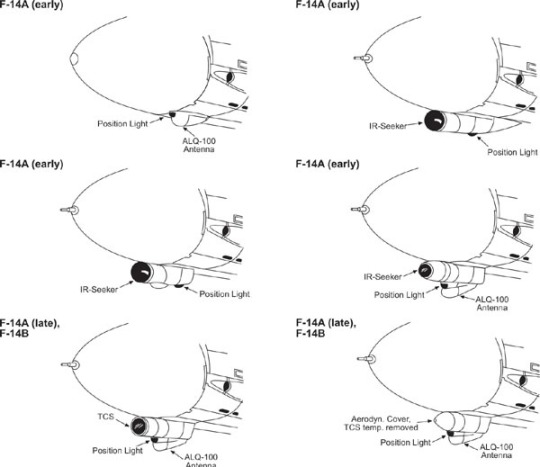
F-14A+ aka F-14B
NUMBER BUILT: 81 Aircraft (38 new builds, 43 upgraded F-14As)
UPGRADES BEGAN: March 1987
Initially designated the F-14A+, the upgrade is primarily characterized by the replacement of the Pratt & Whitney TF-30 engine with the General Electric F110-GE-400 engine due to being notoriously problematic. Many of the avionic systems and radars were retained, but the ALR-67 Radar Homing and Warning system was added. The A+was redesignated to the F-14B on 1 May 1891.
In the late 1990’s, the F-14Bs were upgraded again to extend its airframe life and upgrade the avionics system, but it was not given a variant designation due to the lack of major changes.
MAIN VARIANT FEATURES:
F110-GE-400 engines
ALR-67 Radar Homing and Warning system
IDENTIFYING FEATURES:
❌ NO GLOVE VANES
As stated in the section for the A-variant, the glove vanes were welded shut and completely disconnected on all existing Tomcats. On new builds, they weren’t even included in the design, however, if the aircraft is an upgraded F-14A, you might see the glove vane outline. This would be a way you can identify which aircraft were originally F-14As (Rebuild) and which were completely new builds.
✅ LARGE EXHAUST NOZZLE FEATHERS
Because most of the F-14B models were upgraded F-14As, it’s a little tricky to tell the difference sometimes. The easiest way is the F110 engine nozzle’s large turkey feathers. In comparison, the turkey feathers on the F110 engine are significantly larger and fewer in number, making it easily identifiable.
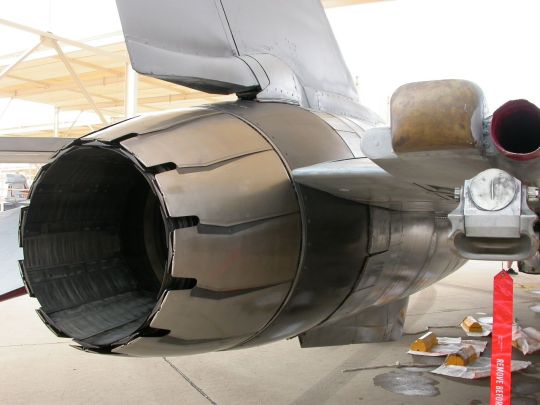
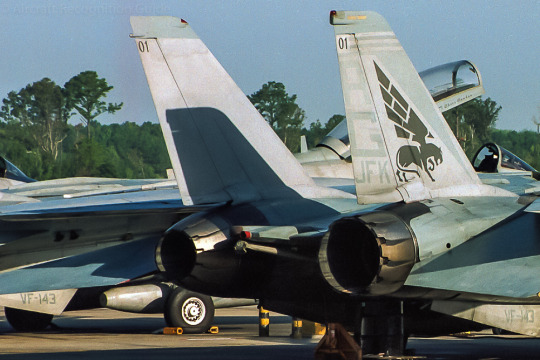
✅ SINGLE SENSOR POD BELOW CHIN
If you see a Tomcat with guide vanes and the F110 engine, then you can infer that it isn’t an F-14A. But to tell the difference between an F-14B and an F-14D, you’ll need to examine the sensors located below the chin.
Similar to the A-variant, the F-14B only has a single sensor pod located below its nose. The B model only had one true configuration with the Tactical Camera System (TCS), however, it may have an Aerodynamic Cover. This image from M.A.T.S. best shows the only possible sensor pod configurations for the F-14 A and B. The bottom two diagrams represent the B-variant.

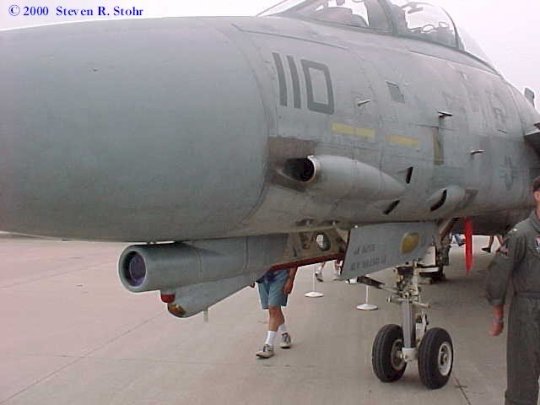
F-14D Super Tomcat
NUMBER BUILT: 55 aircraft (37 new, 18 upgraded F-14As)
UPGRADES BEGAN: 1991
The F-14D, much like the F-14B, featured many avionics upgrades, including a new AN/APG-71 radar radar to replace the AWG-9 used in the A and B-variants and digital avionics systems. The D-variant, also called the Super Tomcat, featured the same F110-GE-400 engine used on the B-variant. There were many other upgrades to the F-14 Tomcat’s systems in this variant.
MAIN VARIANT FEATURES:
F110-GE-400 engine
AN/APG-71 radar
Glass cockpit
IDENTIFYING FEATURES:
❌ NO GLOVE VANES
As stated in the section for the A-variant and the B-variant, the glove vanes were welded shut and completely disconnected on all existing Tomcats. On new builds, however, they weren’t even included in the design. The rebuilds, however, might have the glove vanes if they were not removed during the rebuild process. F-14Ds upgraded from F-14As may also be designated F-14D(R)s, where R stands for rebuild.
✅ LARGE NOZZLE EHAUST FEATHERS
Many of the F-14Ds were rebuilt F-14As, so it’s a little tricky to tell the difference sometimes. The easiest way, similar to the F-14B, is the F110 engine nozzle’s large turkey feathers. In comparison to the TF30 engine, the turkey feathers are significantly larger and fewer in number.
✅ TWO SENSOR PODS BELOW CHIN
The main differentiating feature between the F-14B and D variants is the sensor pods located below the chin of the aircraft. This variant features two sensor pods as opposed to the one sensor pod of previous variants. This allows the aircraft to have both the Infra-Red Seeker pod and the Tactical Camera System (TCS). The F-14D is the only variant to have both, making it the easiest way to distinguish it from other variants.

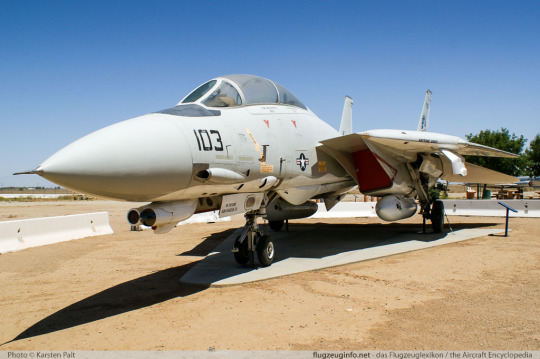
#SOURCE: HOME OF M.A.T.S. Most comprehensive F-14 Tomcat website#SOURCE: Aircraft Recognition Guide#<- they got some stuff wrong tho i think#F-14 Tomcat#Reference#F-14 Tomcat Variants#Guide#F-14A#F-14D#F-14B#terminology#glove vanes#i like planes#airplane research#research#airplane history!#info#information#Turkey Feathers#idk what other tags to add lol#Navy#Top Gun#Top Gun Maverick#If you want me to make a post about something specific let me know#I like to analyze and research#just a little thing I wrote
31 notes
·
View notes
Text

I am not immune to cool markings
#darth maul#Star Wars#my art#I'm begging this man to not wear gloves in the light ONE TIME man#so yeah his hands are 67% me guessing and 33% me squinting at one dark gif where he flaps his hands a lot in a shadow#y'all got a soft launch when my buddy made this his icon hdgdgsgdhdh f#I am sorry in advance this was a gift for him I do not know anything about him other than Tattoos Cool#are they tattoos or does he just look like that#unsure#but apparently he has an earring and that's very sexy of him
417 notes
·
View notes
Text

Two Charas means Frisk is double gay what they don't know is that Kris is also. Gay.
#mango man speaks#mango man draws#digital art#digital drawing#undertale#deltarune#utdr#undertale chara#undertale frisk#deltarune kris#charisk#frisk dreemurr#chara dreemurr#kris dreemurr#mainly included kris here because i forgot their gloves in the last post of them and i needed to set the record straight.#oh right.#f slur#lol
18 notes
·
View notes
Text

Was making a joke to a friend about Daan having long hair and high boots. And we somehow ended here.
Ngl I kinda like the long hair look on him.
#my art#drawing#fanart#sketch#fear and hunger daan#fear and hunger#fear and hunger termina#fear and hunger 2#fear and hunger 2: termina#daan#Daniel#dont’ mind me I’m going to slap some long hair on him#also gave him the long gloves because I had to complete the look#lmao#art#baby girl#he looks baby girl to me#then again I’ve only played as daan so far so.#f&h#faht
144 notes
·
View notes
Text
where is my anon that wanted max hand pics???? babes I have something for you

20 notes
·
View notes
Text

7 notes
·
View notes
Text
My two favorite things: Backgrounds and gays
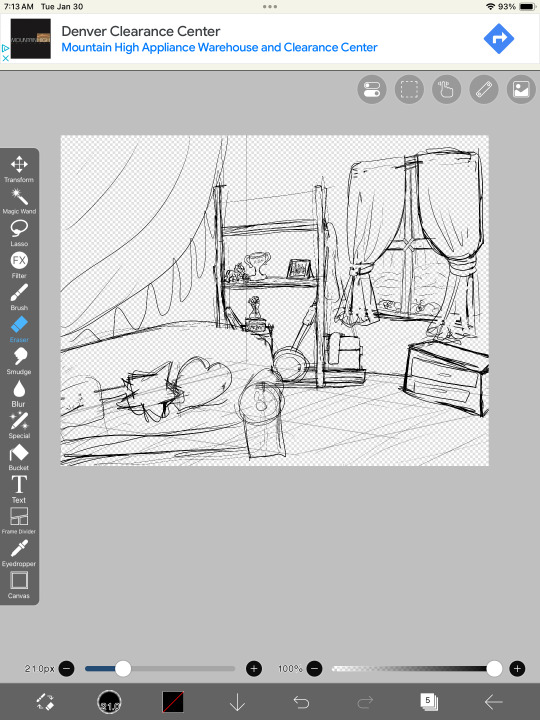

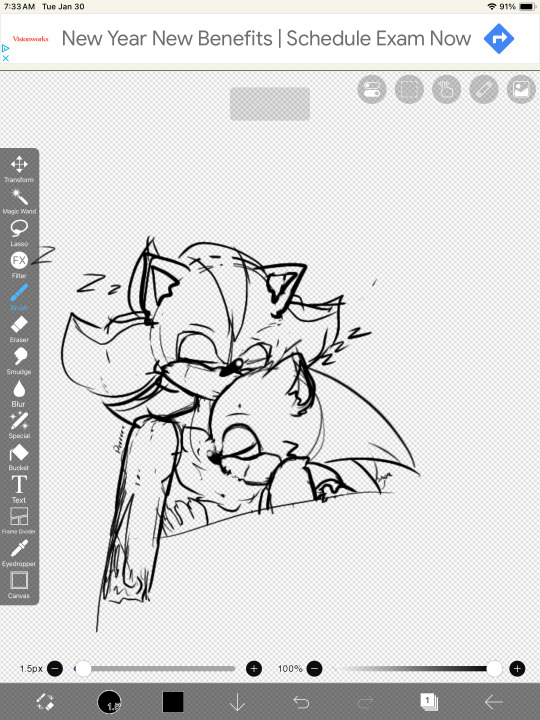
The title is misleading but what isn’t on the internet.
Boom!Amy’s house interior and gay fluff.
one is confort the other is snuggles.
#I forgot his rings F U C K#sonic fanart#sonic the hedgehog#shadow the hedgehog#sonadow#doodle#perspective is still kicking my ass#Headcannon the Shadow is a snuggler#Are gloves the equivalent of socks?#Bcuz neither of them have them on and they sleeping together.
8 notes
·
View notes
Text
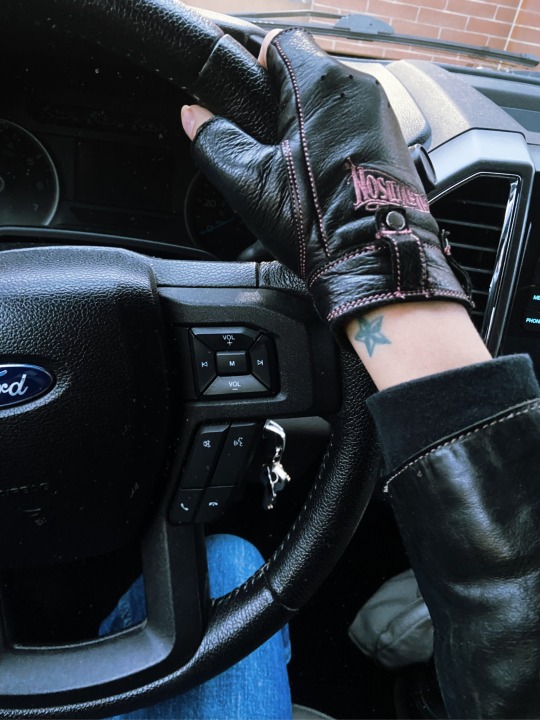
64 notes
·
View notes
Text
F-14 FUN FACT OF THE DAY #26
The F-14A is the only variant of the Tomcat to have “Glove Vanes” that were designed to automatically deploy when the aircraft was flying at speeds greater than Mach 1.4 and retract when below. The nose of the F-14 had a tendency to pitch downwards when flying at supersonic speeds and so the glove vanes were designed to generate additional lift ahead of the center of gravity of the aircraft to compensate.
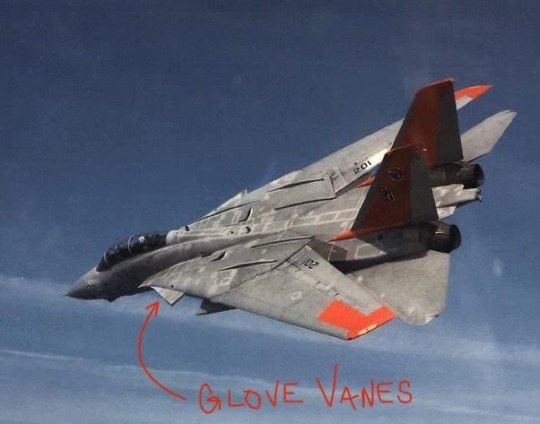
The glove vanes were notoriously difficult to maintain and were found to provide very little benefit, so it wasn’t long before they were welded shut and the circuit breaker was pulled in order to completely disconnect them. This greatly reduced the total amount maintenance on the F-14A.
One pilot stated that sometimes when running up the hydraulics before start the glove vanes would come out, despite being told there was absolutely no way for them to work.
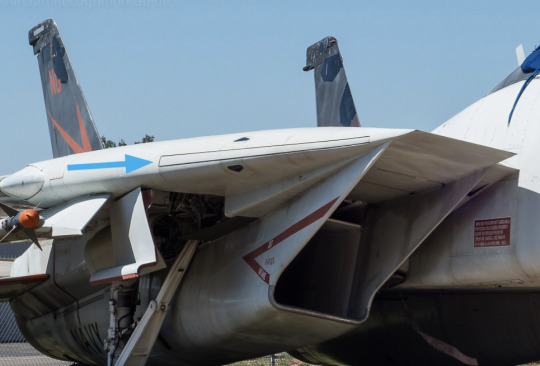
#FFFOTD#F-14 Fun Fact of the Day#f-14 tomcat#top gun#F-14A#f 14 tomcat has ✨issues✨#SOURCE: Fighter Pilot Podcast FPP042 F-14 Tomcat#and M.A.T.S#glove vanes#I like research#I like planes#info#fun fact
39 notes
·
View notes
Photo

he’s looking at some pasta
#f[art]s#papyrus#papyrus undertale#just kidding hes looking at ... you???#if you want idk#wanted to draw blushing skeleboy#was gonna draw gloves but#i ... drew bones instead#uhg#i headcanon that paps ALWAYS wears gloves if he can help it#but i just like drawing phalanges way TOO much
45 notes
·
View notes
Text
Maybe Jimmy Novak put his hands in the pasta water because he was cold. Did we ever consider that?
55 notes
·
View notes
Text
'he knocks those f*ckers out with one punch!!!!' babe he's got weighted-knuckle gloves on. there's metal in that sh*t they're like less lethal brass knuckles ofc he has to knock them out
#tv: vigilante#vigilante#vigilante kdrama#nam joo hyuk#yoo ji tae#kim so jin#lee joon hyuk#kdrama#local gay watches Vigilante.txt#local gay watches k-dramas.txt#look. not saying Ji Yong isn't a f*cking force of nature trained in martial arts bc he is. he is and that's my boy my menace to society#still. i kept trying to find a shot when his gloves were in the light and i finally saw it during the initial bus rooftop fight#at the stadium. thank God for subconscious memory writing it into the fic but now i'm seriously wondering if he had these gloves#and still beat up the man who murdered his mother with the brass knuckles on top of that................ did he make it.#i f*cking doubt he did tbh
12 notes
·
View notes
Text

I’m obsessed with them baggy pants.
Wow tomorrow is Christmas Eve.
#f zero#f-zero#nintendo#phoenix#the sillies#I really love this fit on him what the fuck. plus his og is great with color combinations#yes gave him the lantern gloves?? armor gloves now his engagement ring is the power lol jkjk#that would be funny on god
6 notes
·
View notes
